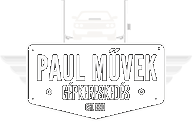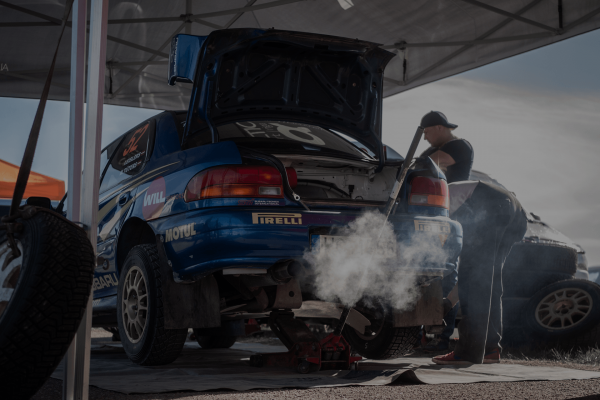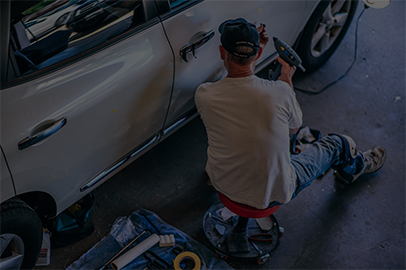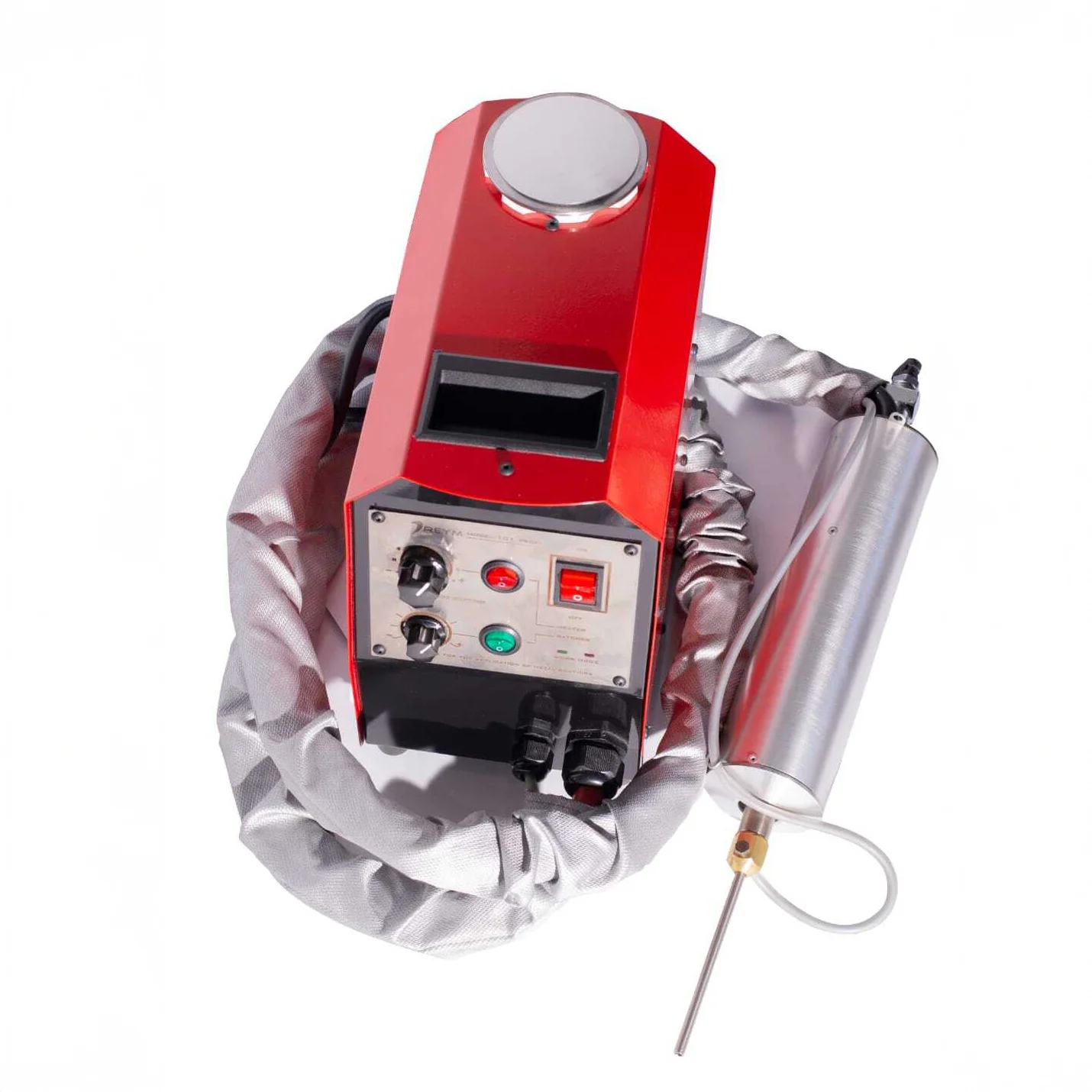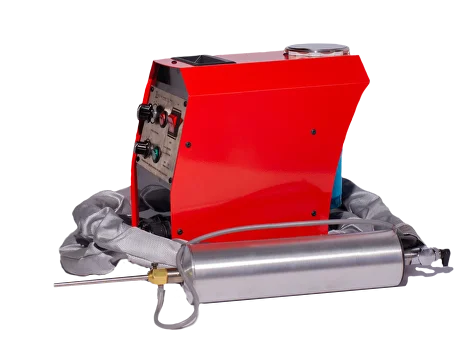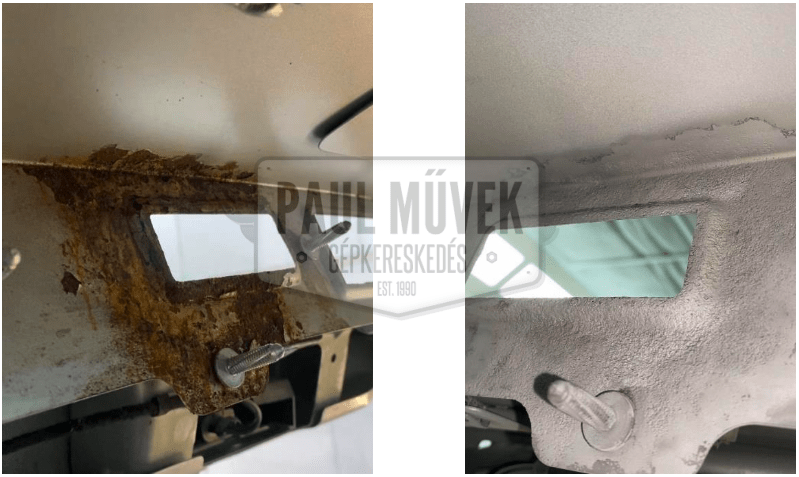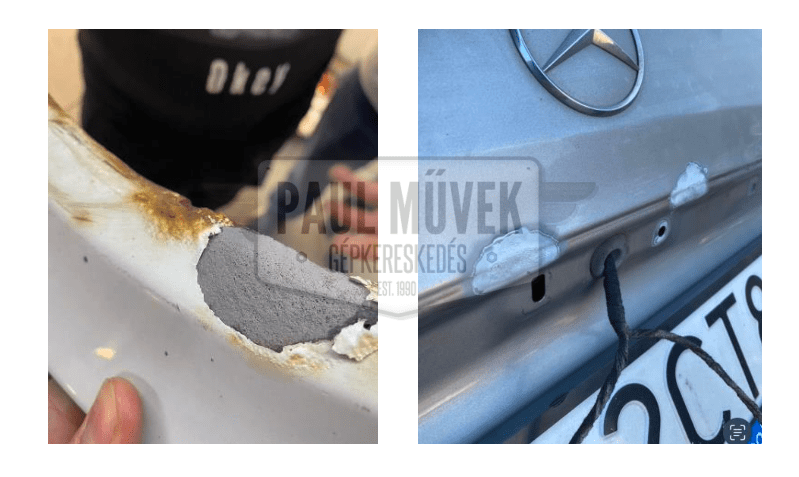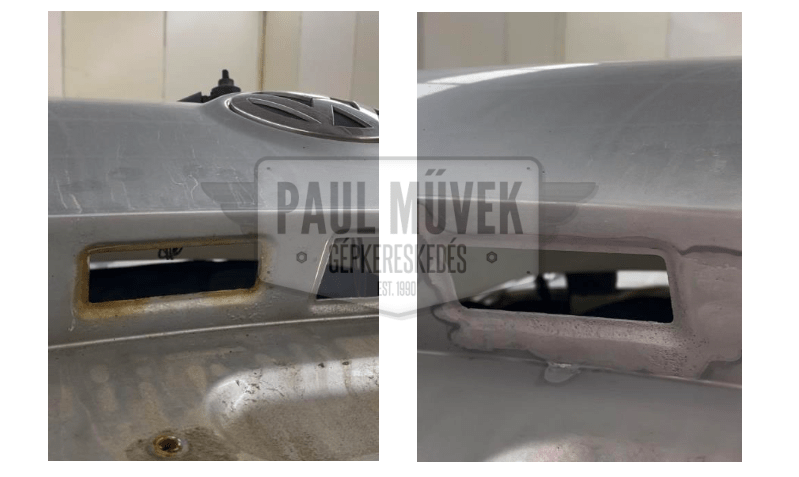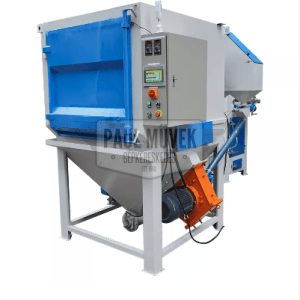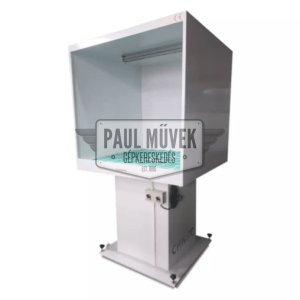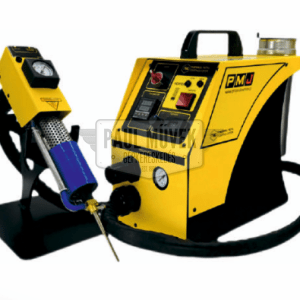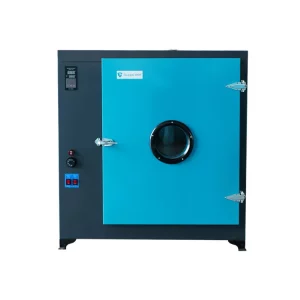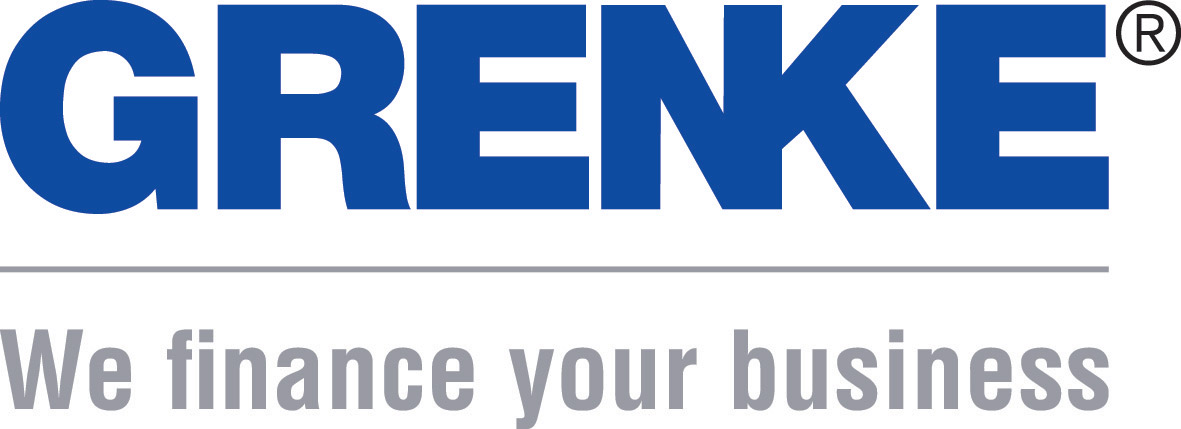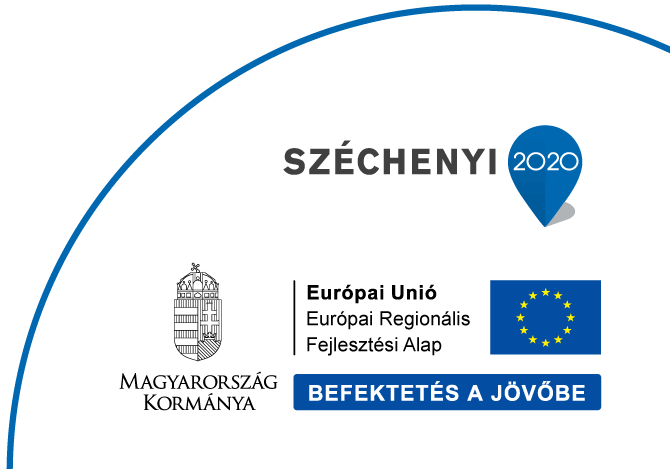Description
We are pleased to present the GAMMAGT 101PRO advanced atomiser for cold gas atomisation of metals, which is ideal for wheel rim repair, car body repair, accident repair and restoration of old vehicles.
The machine is not a welding machine, but an adaptive aluminium atomiser system that has been specially developed for repairing diamond-ground alloy wheels and metal surfaces. Simply connect the power supply, compressed air and spray material.
It is used to apply metal coatings using a gas dynamic spraying method. The main parameter of gas dynamic spraying technology is the speed at which the mixture fed by low-pressure (up to 0.6 MPa) compressed air passes through. The device is single-phase and operates from a 230 V, 50/60 Hz mains supply. Features of the device: fine control of the heating element temperature and fine control of the atomisation speed of the metal particles.
A modern solution for your business in wheel repair, bodywork repair and vehicle refurbishment: The GAMMAGT 101PRO is used for the precise application, repair or reinforcement of metal coatings on metal surfaces.
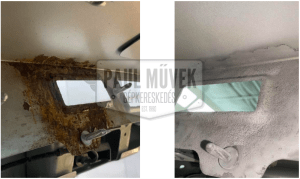
The technology enables:
• Wheel repair – For repairing and restoring major damage to diamond-ground and conventional alloy wheels, ensuring a durable, OEM-compatible repair in just a few minutes.
• Bodywork repair – Application of aluminium layers to bodywork during component replacement or repair, effectively filling cavities, cracks and impact damage without the risk of heat deformation of the base material.
• Restoration of old vehicles – The device allows the application of metal coatings such as aluminium, zinc, copper or nickel, which is ideal for the reconstruction and maintenance of old vehicle parts. Rebuilding and fixing corroded parts.
• Corrosion protection – The device provides excellent corrosion resistance, extending the service life of repaired parts.
The most important advantages of the REYM-101-PRO in the automotive industry:
- Accuracy and durability – Coatings applied with REYM-101-PRO are uniform and extremely durable, ensuring a long service life for repaired parts.
- No heat damage – Spraying is carried out at low temperatures, which eliminates the risk of overheating or deformation of the metal sheet.
- Versatility of materials – Depending on the repair requirements, various metal coatings such as aluminium, copper, zinc and nickel can be sprayed on.
- Possibility of applying coatings to complex shapes and hard-to-reach areas.
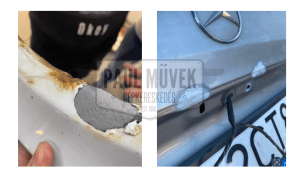
Wide range of materials
The GAMMAGT 101PRO device allows the use of a wide range of materials, making it an extremely versatile tool in manufacturing. Coatings made from the following metal powders can be applied:
- Copper: Excellent electrical and thermal conductivity.
- Zinc: Exceptional corrosion resistance, ideal for surface protection.
- Aluminium: Lightweight and excellent mechanical properties.
- Powder mixtures: For special applications, composites and alloys can be produced that combine the best properties of different materials.
Advantages:
High flexibility
Spraying can be used to coat materials of various shapes and sizes. This allows gas atomisation to be used in many industries, from medicine to electronics manufacturing.
High efficiency
Atomisation can achieve very high coating efficiency. This means that less material is needed to coat a surface, which reduces costs and increases work efficiency.
Fast coating
Spraying allows surfaces to be coated quickly with the sprayed material.
Coating durability
The coating obtained by spraying is durable, which helps to save on future repair or replacement costs.
Our gas powders offer excellent quality, efficiency and reliability. They provide a durable coating that protects against corrosion, wear and ultraviolet radiation and meets the highest quality standards.
Our wide range of gas powders in various colours and chemical compositions will help you find the product that best suits your needs. We guarantee the cost-effectiveness, environmental friendliness and high efficiency of our products, which will give you a competitive advantage in the market.
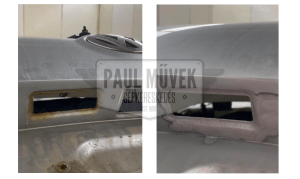
Technical data:
- Nominal voltage: 220-240
- Current frequency: 50/60 Hz
- Maximum heating power: 3300 W
- Radiating surface temperature: 0-250 °C
- Operating temperature of heating element: 0-600 °C
- Operating pressure: 6-8 bar
- Air flow: 0.45 m3/min
- Weight: 7 kg
- Dimensions: 160 x 300 x 320 mm
- The temperature of the heating element must not exceed 50 °C.
- Noise level: 75 dB
Frequently asked questions
What preparations are necessary before using the device?
Preparations are essential for the reliable operation of the device. The materials to be processed must be dry and free of contamination. You can then remove rust and paint from the surface with the device.
Are any preparations/products/chemicals required before using the device?
No further preparations or chemicals are required before using the device. Only use powders developed specifically for our device, which are available from us.
Is this spraying process also suitable for coating corroded, perforated parts?
Yes! The device is designed for the regeneration of corroded parts and parts that are significantly worn (it is of course worth calculating whether this repair option is cost-effective).
Does the spraying process heat up the coated material?
The device does not heat up the coated material, but depending on the temperature requirements, it may heat it up slightly. It is important to pay attention to the sprayed surface and adjust the temperature accordingly.
What is the difference between spraying and welding?
Welding and spraying are two different methods of joining materials. Here is a brief description of both processes:
Welding: two or more materials are joined by melting to create a permanent bond. Welding usually involves the application of heat (using an electric arc, gas flame or laser) and an additional material such as an electrode or welding wire. Welding is widely used in industry to join metal components such as pipes, plates or profiles.
Spraying: also known as thermal spraying, this is a process in which a coating is applied to the surface of an object by spraying particles of material onto it and allowing them to settle on the substrate. This process is used to improve surface properties such as wear resistance, corrosion resistance, thermal conductivity and other properties. Spraying is used in many industries, including aerospace, energy, oil, and the repair and restoration of machine and tool components.
In summary, welding is the process of joining materials by melting them together to form a permanent bond, while spraying involves applying a coating to a surface by dispersing particles of material.
Does the sprayed material rust over time?
The sprayed material is coated with aluminium particles and other weather-resistant alloys.
How much material is consumed during processing?
It is difficult to determine exactly how much material is needed for a given job, as this depends on the type of repair being carried out. On average, approximately 8 grams of powder is required to process one layer, which covers an area of 10×10 cm with a thickness of 1 micron.
Does the device require a special power supply? Is there a warranty?
A constant air pressure of at least 5 bar is required to operate the device. The equipment must be equipped with filters that retain moisture and water. The device requires a standard 220 V power supply. The device is covered by a 24-month warranty.
Can this device also be used for sandblasting?
Yes, one of the functions of the device is sandblasting, but this process is more commonly used as a preparatory step before atomisation, for example in the case of aluminium powders. Of course, our device can also be used for conventional sandblasting of various components if required.
